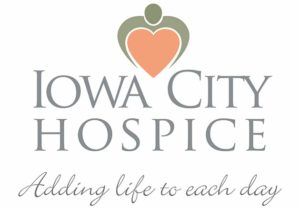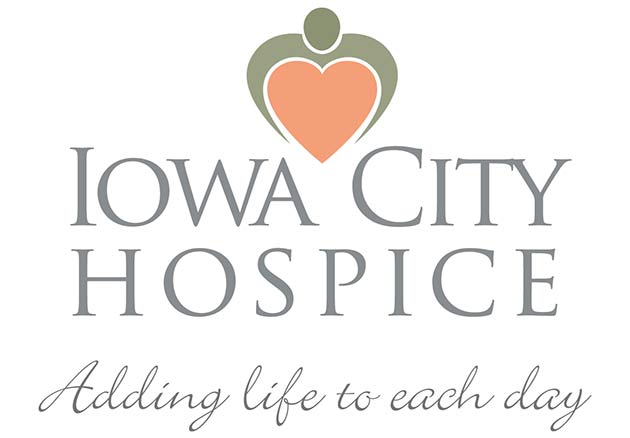Family Caregiver Connection
Helpful tips for family caregivers
September/October 2019
Every fall comes time to decide if your loved should keep his or her Medicare plans as they are or switch to a different set of offerings. We provide tips to help you evaluate the options. September is also National Falls Prevention Month. If your loved one has already experienced a fall, ask the doctor to do a thorough review to rule out any underlying medical causes. And finally, the conclusion of our series, When Caregiving Ends. Advice for ways to gently return to the world of non-caregivers.
Medicare Open Enrollment Tips
 Are you happy with your relative’s Medicare plan? If not, fall is the annual “Open Enrollment” period. This is when you can change plans for the coming year.
Are you happy with your relative’s Medicare plan? If not, fall is the annual “Open Enrollment” period. This is when you can change plans for the coming year.
Open Enrollment for 2019 is October 15 to December 7.
Even if your loved one likes the current plan, consider any new diagnoses or prescriptions since last year. What was a good deal before may not be the best now.
Here are some tips:
The first decision is whether to go with “original Medicare” or Medicare Advantage. Then look at Part D and Medigap as needed.
- Original Medicare Parts A and B. These government policies pay 80% of the costs for services such as hospitals, lab work, and doctor visits. The premiums are usually deducted from Social Security checks. Patients can choose the providers they wish. Drugs are not covered.
- Medicare Advantage Plans. These plans are typically less expensive and all-inclusive. (You will not need to purchase Medigap and may not need to purchase Part D.) Patients go to a specific set of providers. You’ll want to confirm that the doctors, hospital, and pharmacy you prefer are “in network.”
- Medicare Part D. Think of “D” for drugs. Review your loved one’s medication list. Be sure those drugs are covered in the same dosages. Compare prices at approved pharmacies. One may offer a better deal than the others.
- Supplemental or “MediGap” insurance. These are optional policies. They are purchased to cover the 20% of fees not covered by original Medicare. Prices vary a lot! Lower copays at each visit will result in higher monthly premiums. So will the ability to choose between many providers. Be sure to read the fine print when changing policies. There may be extra fees, a physical examination, or a waiting period for preexisting conditions. Or the insurer may outright turn your loved one down.
A doctor's visit after a fall
 A surprising number of conditions, from simple to serious, can cause an older adult to fall.
A surprising number of conditions, from simple to serious, can cause an older adult to fall.
If you observed the fall or arrived soon after, find out if your loved one had a warning or felt dizzy beforehand. Any chance he or she fainted? Was the fall from stumbling on an obstacle? Or more from missing the bottom step on the stairs? These important clues can be useful to the doctor.
Even if there are no injuries, it’s wise to see the primary care provider and ask him or her to review the following:
- Medications. Many common drugs have the side effect of dizziness. This includes medications for sleep, pain, and anxiety, as well as some antidepressants. If diabetes is poorly managed, that can cause dizziness. Faulty blood pressure medication dosing can also be at the root of a tumble.
- Sitting vs. standing blood pressure. Some people experience a sudden drop in blood pressure when they stand. This could have led to your relative’s dizziness or fainting.
- Possible infections. In many older adults, a urinary tract infection or even pneumonia can develop without the “usual” symptoms. These can cause weakness or dizziness. Lab tests are needed for diagnosis and treatment.
- Physical pain. Something as simple as painful joints or tight-fitting shoes can cause a change in gait or sudden shift in weight from one side to the other, leading to poor balance and a fall.
- Vision. Cataracts, glaucoma, and macular degeneration impair vision. Any of these may cause an older adult to overlook a trip hazard.
- Potential significant conditions. It’s important to rule out conditions of the heart, brain, and circulatory system that can result in a fall. For example, a mini-stroke, atrial fibrillation, or Parkinson’s.
- Home safety. Ask for a home visit by an occupational therapist to identify any trip hazards and make recommendations.
When caregiving ends: Part 2
 Reentry
Reentry
If caring for your loved one was the main focus of your day, after his or her passing, expect a feeling of emptiness to dominate your awareness. In caregiving, you may have given up many personal activities, friendships, and possibly even a career, to accommodate your relative’s needs. This is especially true if he or she lived with you or had Parkinson’s or Alzheimer’s or some other long-term condition.
Take care of your health
Get a physical! Like many family caregivers, you probably ignored your own health needs—symptoms, doctor visits—because your loved one’s seemed more pressing. This pattern is so common that many caregivers suddenly come down with something serious post-caregiving! Also take care by eating well, exercising, and getting sleep.
Who am I?
Because your focus was on your ailing loved one, you may have a sense of having forgotten who you are. This is especially true if the person who died was your spouse. Be curious: What appeals to you? Rediscover your personal balance and preferences.
Reengage slowly
Start with the inner circle of your family. You may have fences to mend if those relationships were put on hold. Reach out to siblings, your spouse, your children to rebuild your connection. Then begin to engage with friends, optimally those who have experience with loss. If you were working, returning to the normalcy of your career may feel comforting.
Avoid big decisions
Grief counselors recommend NOT making big moves or lifestyle changes for the first year. Volunteering may be a great way to reconnect with the world and regain a sense of life purpose. You might draw upon your caregiving skills—give yourself a year before doing that—or do something entirely different. Keep commitments light. Take time to realize the desires and the bandwidth of the “new” same-but-deeper you.

